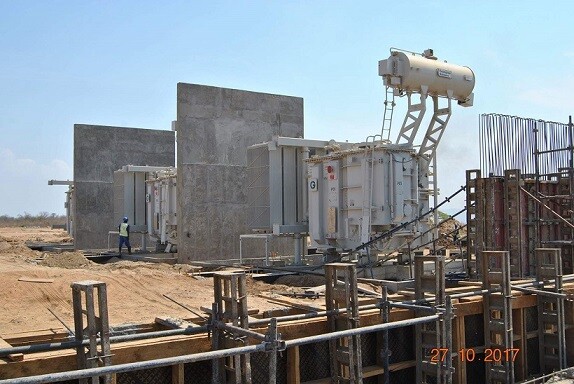
Malawi has met the minimum requirements for the country to be awarded a second Millennium Challenge Corporation (MCC) energy compact.
The country’s current $350.7 million energy compact comes to an end in September next year but a United States Government’s MCC scorecard for 2018 shows that Malawi has high chances of qualifying for another one.

MCC scorecards are comprised of 20 indicators measuring policy performance in the areas of economic freedom, investing in people and ruling justly. They are used to determine new beneficiaries for the program.
The US Embassy says in a statement released on Monday that Malawi has continued to pass MCC’s scorecard by meeting the requirement of passing at least half of the 20 indicators overall.
According to the scorecard, Malawi has performed well on indicators such as trade policy, land rights and access, government effectiveness, access to credit control of corruption and democratic rights.
The country has, however, failed on inflation, regulatory quality, gender in the economy, business startup and immunisation rates.
“The sustainability of MCC investments will require the continued commitment of the Government of Malawi and project partners to achieve power sector reform goals, including an electricity tariff and policy environment that allows the power institutions to cover the cost of producing electricity, expand and maintain the electricity grid, and encourages private sector investment in power generation,” says the statement.
The MCC compact is designed to increase the capacity and stability of Malawi’s national electricity grid, bolster the efficiency and sustainability of hydropower generation, and prepare for future expansion by strengthening power sector institutions, regulation, and governance.
It aims to reduce poverty by modernizing Malawi’s power sector and improving the availability, reliability, and quality of the power supply.















Malawi.dinty
ndikakhala otukwana mukadandinva a nyapapi inu
surviving on handouts, yet the govt is chasing away street kids. Kkkkkk!
KumLemba zimenezi kuti uyo azipsamtima
Yes; u r right. Komanso ma pathological liars paulendo come 2019.
Foolish Malawi 24
Great news
It’s too late, 2019 is on my nose